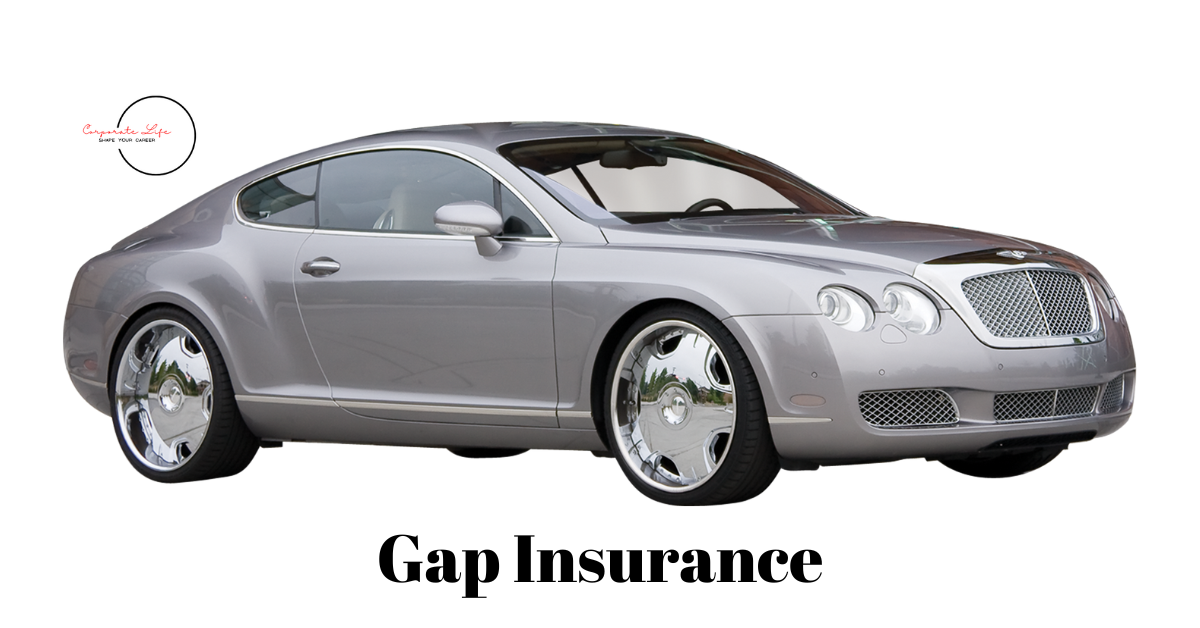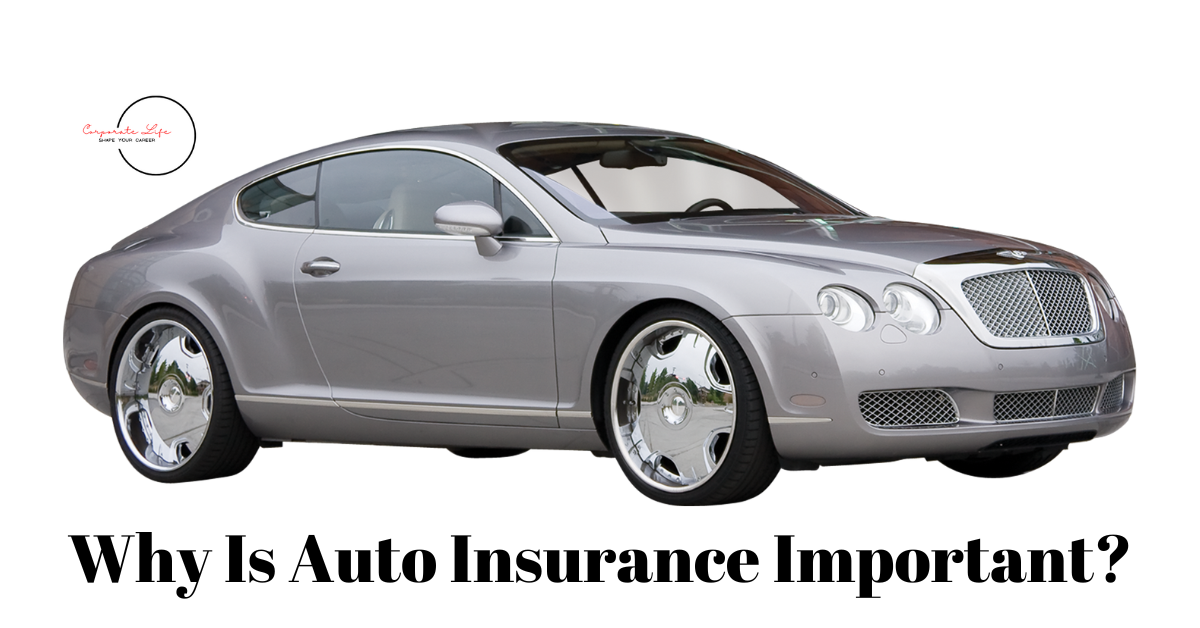Gap Insurance
Gap insurance, also known as Guaranteed Asset Protection insurance, is a type of car insurance that covers the difference between the amount you owe on your car loan and the actual cash value of your car in the event that your car is totaled or stolen.
When you purchase a new car, its value begins to depreciate as soon as you drive it off the lot. If your car is totaled or stolen, your insurance company will typically pay the actual cash value of the car at the time of the accident or theft. However, if you owe more on your car loan than the actual cash value of the car, you could be left with a significant amount of debt.
Gap insurance helps to bridge this gap by covering the difference between the amount you owe on your car loan and the actual cash value of your car, up to the policy limit. This can help to protect you from financial hardship if your car is totaled or stolen.
Gap insurance is typically offered as an add-on to your car insurance policy and can be purchased from your insurance company or from a third-party provider. The cost of gap insurance can vary depending on several factors, including the make and model of your car, the length of your car loan, and the coverage limit you choose.
Why is GAP Insurance Required?
Gap insurance is not always required, but it can be beneficial for certain drivers. Gap insurance is particularly useful for drivers who have a car loan or lease and owe more on their car than its actual cash value. This is common for new cars, as their value depreciates quickly in the first few years.
In the event of an accident or theft, your car insurance company will typically only pay out the actual cash value of your car at the time of the incident. If you owe more on your car loan than the actual cash value of your car, you could be left with a significant amount of debt. Gap insurance helps to bridge this gap by covering the difference between what you owe on your car loan and the actual cash value of your car.
Without gap insurance, you may be responsible for paying off the remaining balance of your car loan or lease, even if your car is totaled or stolen. This can be a financial burden that many drivers may not be able to afford.
Therefore, gap insurance is not always required, but it can provide financial protection and peace of mind to drivers who have a car loan or lease and owe more on their car than its actual cash value.
Example
Let’s say you buy a brand-new car for $30,000 and finance it with a car loan. After a few months of driving, the actual cash value of the car may have depreciated to $25,000 due to factors such as wear and tear or market conditions. If you get into an accident and the car is totaled, your car insurance company may only pay out the actual cash value of $25,000.
However, if you owe more than $25,000 on your car loan at the time of the accident, you will still be responsible for paying the difference between what your insurance pays and what you owe. This can be a significant amount of debt that you may not be able to afford.
If you had gap insurance, it would cover the difference between what your insurance pays and what you owe, up to the policy limit. So if you had gap insurance with a coverage limit of $5,000, it would cover the difference between the $25,000 actual cash value and the $30,000 you owe on your car loan, leaving you with no debt to pay off.
This is just one example of how gap insurance can be beneficial for drivers who have a car loan or lease and owe more on their car than its actual cash value.




